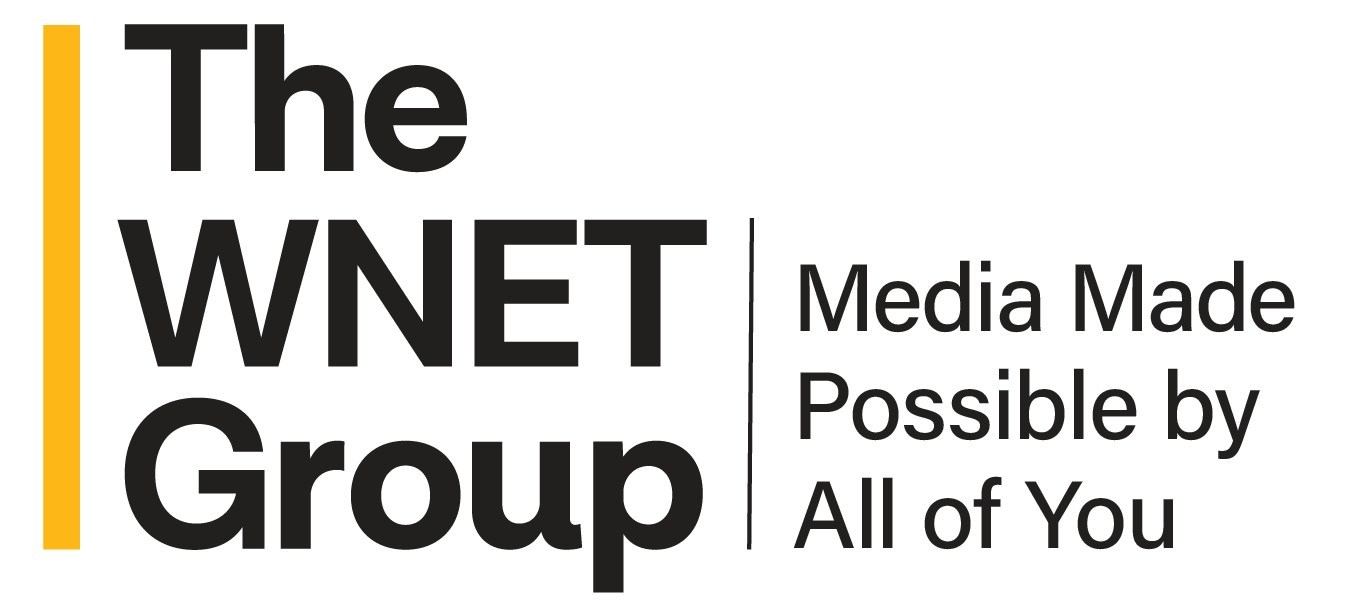ATSC Audio Seminar: Program Interchange

RANCHO MIRAGE, CALIF: One key area to managing audio loudness is how to handle program interstitial transition, said Jim DeFillipis of Fox.
“Ears are very sensitive. If the mixer could integrate the commercials, it wouldn’t be such a problem, but that’s not the way it works,” he said. “Commercials and programs are mixed in different environments.”
DeFillippis addressed the issue at Tuesday’s ATSC Audio Seminar during the HPA Tech Retreat near Palm Springs. He said three pages of the ATSC’s Recommended Practice on broadcast audio are devoted to the integration of commercials and other interstitial material.
Interstitials often introduce the “shoulder” or “boundary” problem, when a loud ad hits the quiet end of a program. Producers like to bring the dialogue volume down to get people to pay closer attention.
“If you’re going to drop dialogue too low, you’re going to run into this effect,” he said.
“The fixed dialnorm system is simple and targets one number,” he said. “Some may cry that this is putting a straightjacket on production, but the alternative is a free-for-all. Content was coming in from -15 dB to -33 dB. Now we’re talking about a 5 dB problem compared to a 10 dB problem, and we’re hoping to get that down.”
NBCU uses an automated approach to interstitial loudness adjustment. The counterpoint to that is agile dialnorm, “for those who may want to accommodate -33.,” DeFillippis said. “That can be done, but that metadata must be marked in the mix and carried through the entire distribution chain. We don’t know of anyone who’s enabled it entirely, though it could be an approach in the future.”
DiFillippis said in 2002, Fox started working with 5.1 surround sound, which added yet another complication to audio management. There’s still an issue of where dialogue should be in 5.1 mix--in the front or other channels.
“All I can say is that it’s imperative that a downmix should be listened to because you can lose the dialogue,” DeFillipis said. “Not so much for loudness per se, but intelligibility…. If the dialog’s buried, it’s game over at that point.”
-- Deborah D. McAdams
(Image by John Shelton)
Get the TV Tech Newsletter
The professional video industry's #1 source for news, trends and product and tech information. Sign up below.
